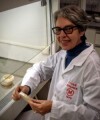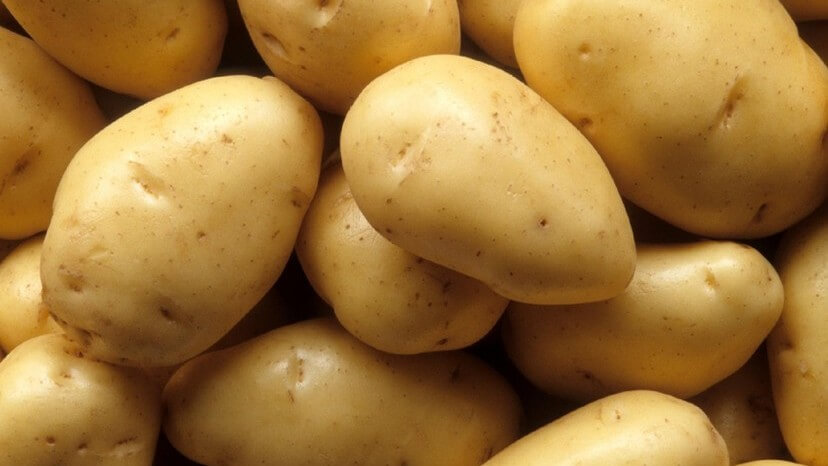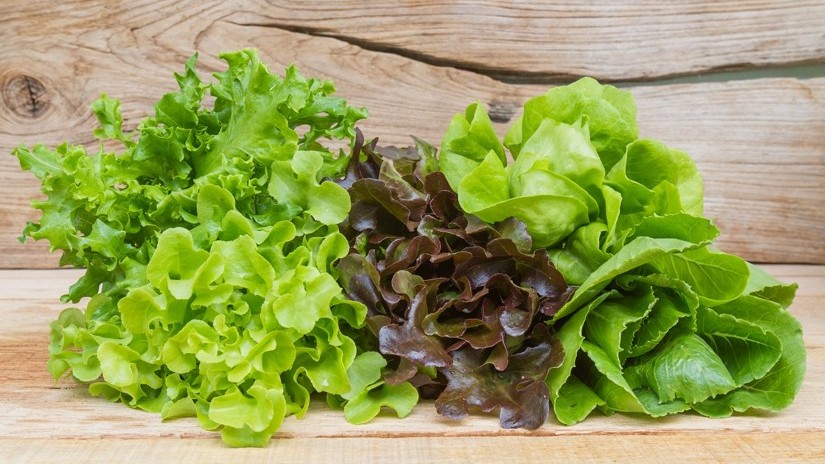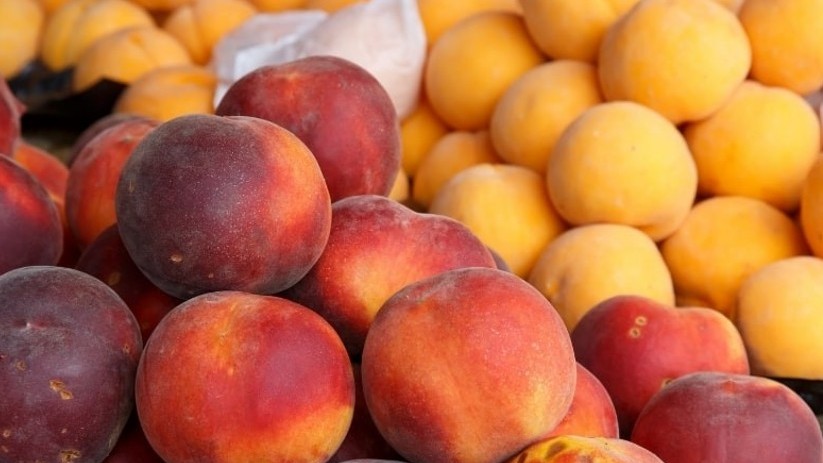News
Use of Bioimpedance for Detecting Internal Browning in Apples During Storage
The method is based on the fact that from an electrical perspective, biological tissues can be interpreted as a complex circuit consisting of resistors and capacitors
Apples are one of the most valuable crops due to their significant economic importance in the European market and are driven by consumer preferences.
There is a wide variety of fruits, and among them, some are susceptible to internal browning during post-harvest storage at low temperatures.
Until recently, there was no specific method capable of directly analyzing internal browning in apples, but recently, an efficient, low-cost, and non-destructive technique has been developed to estimate internal browning in apples after seven months of storage, using electrical impedance spectroscopy.
What is Bioimpedance?
Bioimpedance is a measure of the biological substrate's opposition to the flow of a specific electric current (alternating).
Its measurement is influenced by variations such as: frequency of the electric signal, electrochemical processes, temperature, hydrogen potential (pH), hydration state, and viscosity of the biological fluid or tissue in question.
From an electrical perspective, biological tissues can be interpreted as a complex circuit consisting of resistors and capacitors arranged both in series and in parallel, acting as conductors or dielectrics, where the current flow will follow the path of least resistance.
Methods for Obtaining Bioimpedance Signals
Methods for obtaining bioimpedance signals are divided into multifrequency – which uses a bioimpedance spectroscopy chamber – and monofrequency – which analyzes bioimpedance at a single frequency, typically 50 kHz.
Parameters for Validating Bioimpedance Results
To validate bioimpedance results, quality parameters such as dry matter content, chlorophyll, and sugar are used, which determine the states of ripeness, age, and texture of the fruits.
Good Results in Apples with Frequencies of 40 Hz and 10 kHz
In the low and medium frequency regions of the bioimpedance spectrum, good discrimination between healthy and internally browned samples has been observed, with significant differences. The physico-chemical changes occurring during the development of internal browning in apples are efficiently detected with frequencies of 40 Hz and 10 kHz.
This real-time, optimized, easy-to-use, and cost-effective technique will help reduce post-harvest losses and address sustainable agriculture and food security in the future.
References
Leigh C Ward 1, Steven Brantlov Bioimpedance basics and phase angle fundamentals Rev Endocr Metab Disord 2023 Jun;24(3):381-391. doi: 10.1007/s11154-022-09780-3. Epub 2023 Feb 7.
Riaz, S.*; Ibba, P.; Sadar, N.; Rasheed, A.; Sturz, S.; Pett, L.; Zanella, A. (2024). Bio-impedance approach for discrimination of internal browning in apple after storage European Horticulture Congress - Bucharest, 12-16 May 2024. *Correspondence: sundus.riaz@student.unibz.it













